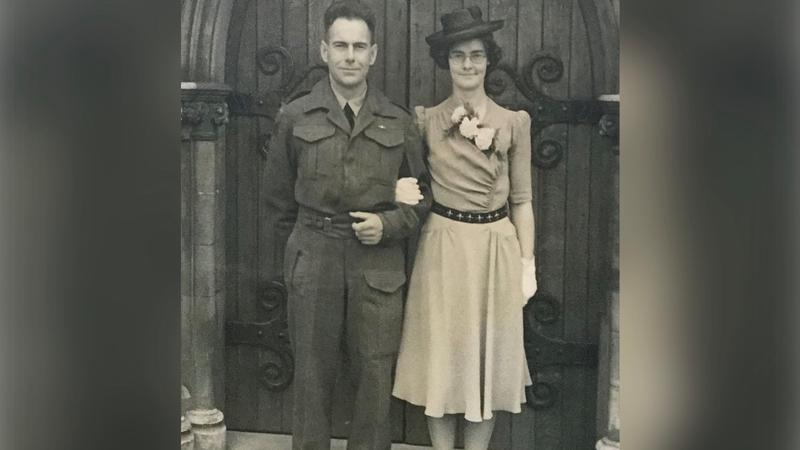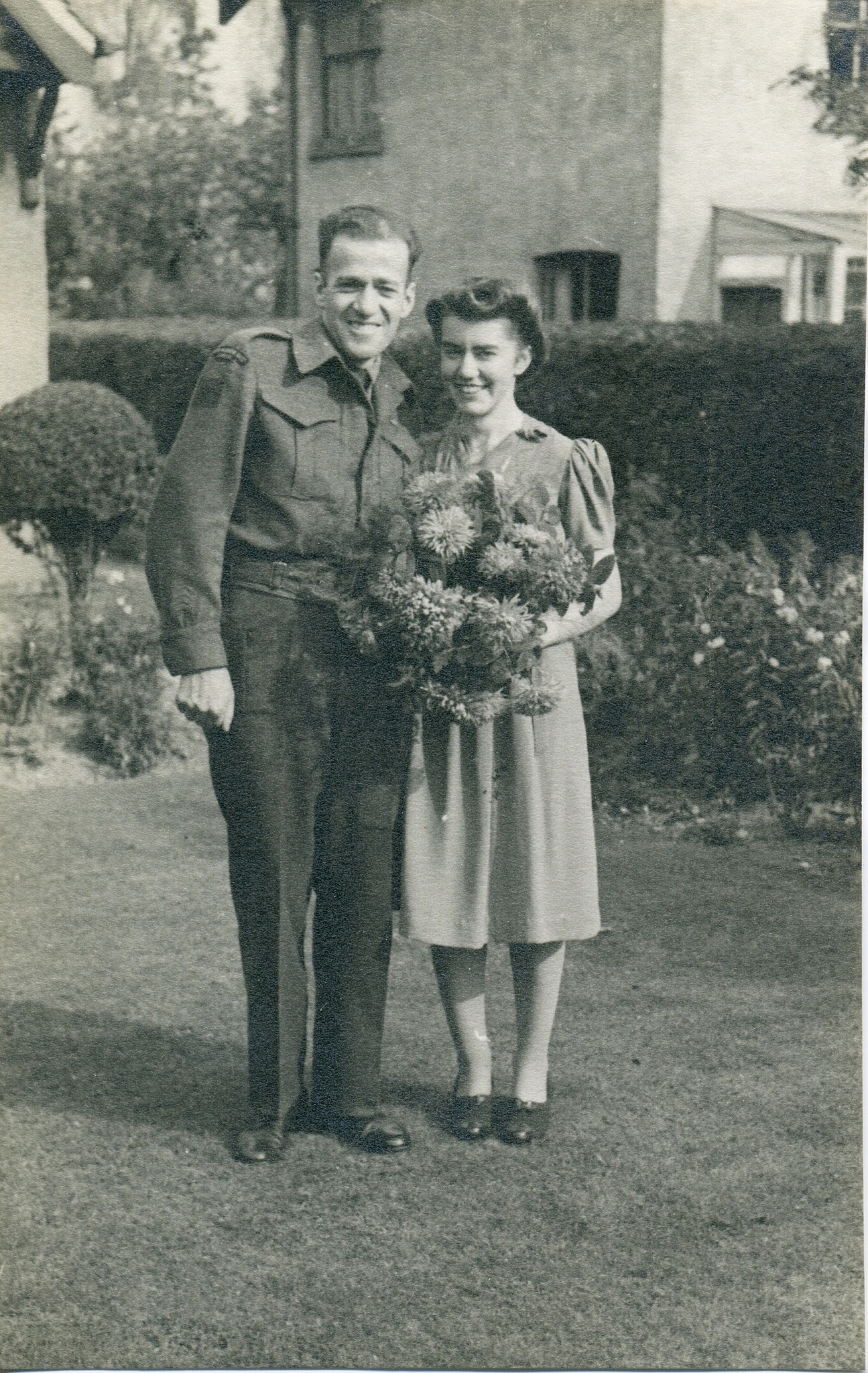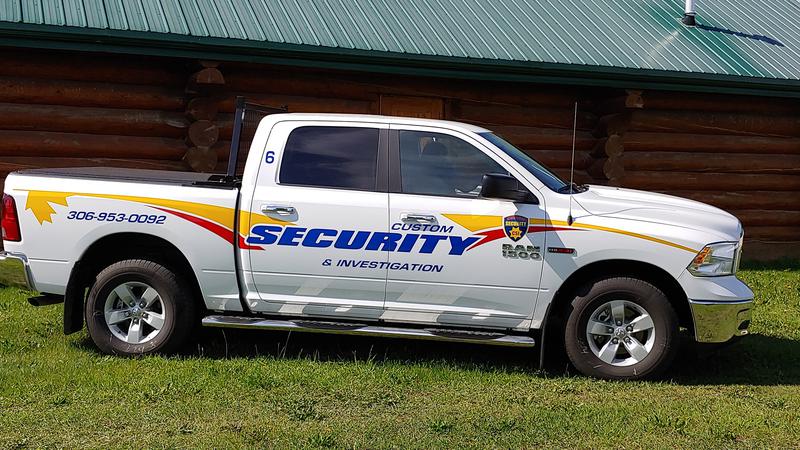
‘War Brides’ captured hearts during World Wars
As John Wessel gazes at a photo of his parents on their wedding day, he can’t help but wonder what life was like for the young couple – especially his mother, a ‘war bride’ who was just about to embark on a new life in a new and foreign country.
“Mom and Dad were married July 16, 1945 at Tunbridge Wells, Kent, England. Dad, who was in the medical unit arrived home from war in February of 1946 and Mom joined him in April of that year,” said Wessel, who lives in Prince Albert.
His mother Grace was one of approximately 48,000 women who married Canadian servicemen overseas and then immigrated to Canada after the world wars to join their husbands. According to the Canadian Encyclopedia, by the end of 1946, there had been 47,783 marriages between Canadian servicemen and women from other countries in Europe and these unions produced 21,950 children.
“One of the things I really regret is that my parents never talked about the war and I never thought to ask any questions. My understanding is that Mom worked caring for soldiers in Tunbridge Wells and there were a lot of soldiers posted there and that’s where they met and that’s all I know,” Wessel said.


